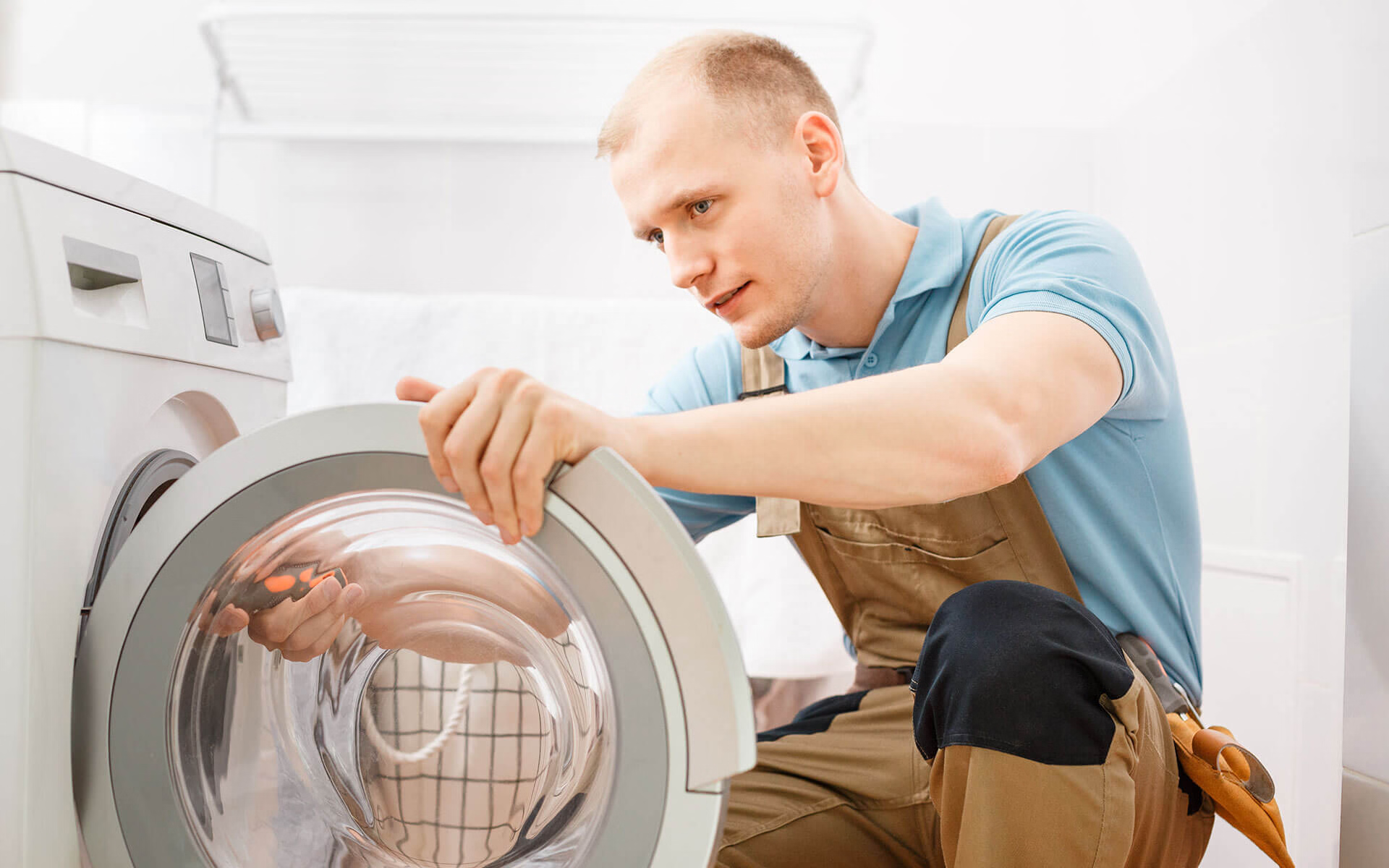

Articles
How To Install Dryer
Modified: October 20, 2024
Learn how to install a dryer with this comprehensive guide. Our step-by-step articles provide detailed instructions for a successful installation.
(Many of the links in this article redirect to a specific reviewed product. Your purchase of these products through affiliate links helps to generate commission for Storables.com, at no extra cost. Learn more)
Introduction
Welcome to this guide on how to install a dryer in your home. Whether you’re upgrading an old unit or installing a new one, properly installing a dryer is essential to ensure efficient and safe operation. By following the steps outlined in this guide, you’ll be able to set up your dryer quickly and easily, allowing you to enjoy the convenience of having a functional laundry appliance in your home.
Before we begin, it’s important to note that although we will provide comprehensive instructions, it’s always advisable to consult the manufacturer’s manual for specific guidelines and any additional requirements or recommendations they may have for your particular dryer model. Safety should always be your top priority when working with electrical appliances, so make sure to follow all safety precautions and guidelines throughout the installation process.
Now, let’s dive into the steps involved in installing your dryer!
Key Takeaways:
- Prioritize safety by following electrical codes, clearing the installation area, and properly grounding the appliance to ensure a secure and accident-free dryer installation process.
- Choose a suitable location, set up proper ventilation, and perform regular maintenance to ensure efficient and safe operation of your newly installed dryer.
Read more: How To Install A Recessed Dryer Vent
Safety Precautions
Prior to starting the installation process, it’s important to take certain safety precautions to protect yourself and ensure a safe environment. Here are some essential safety measures to keep in mind:
- Turn off the power: Before you begin any electrical work, make sure to turn off the power supply to the area where you’ll be working. This will help prevent any accidental shocks or injuries.
- Wear protective gear: Always wear appropriate protective gear, such as gloves and safety goggles, to safeguard yourself from any potential hazards or accidents.
- Follow electrical codes: Make sure to follow the electrical codes and regulations in your area. If you’re unsure about any electrical work, it’s advisable to hire a professional electrician to handle the installation for you.
- Keep the area clear: Ensure that the area where you’ll be installing the dryer is clear of any obstacles or clutter. This will allow for easy access and prevent accidents while moving or positioning the appliance.
- Properly ground the appliance: It’s crucial to properly ground the dryer to prevent electrical shocks or malfunctions. Follow the manufacturer’s instructions for grounding the appliance or consult a professional if needed.
- Read the manual: Familiarize yourself with the manufacturer’s manual for your specific dryer model. This will provide you with important safety information and installation guidelines specific to your appliance.
By following these safety precautions, you can ensure a secure installation process and minimize the risk of accidents or injuries. Always prioritize your safety when working with electrical appliances.
Step 1: Choosing a Location
Choosing the right location for your dryer is crucial for optimal performance and convenience. Here are some factors to consider when selecting a suitable location:
- Accessibility: Choose a location that allows for easy access to the dryer. This will make it convenient for loading and unloading laundry.
- Proximity to the laundry area: Select a location that is near the laundry area to minimize the distance you have to carry laundry loads.
- Ventilation: Ensure that the chosen location has proper ventilation to allow for the efficient dispersal of hot air from the dryer. Adequate ventilation helps prevent moisture buildup and reduces the risk of mold or mildew growth.
- Level surface: The installation surface should be level to ensure stability and prevent the appliance from shaking or vibrating excessively during operation.
- Avoiding tight spaces: Avoid placing the dryer in tight spaces or areas with limited clearance. Sufficient space around the appliance is necessary for proper airflow and maintenance access.
- Consider noise: If your dryer tends to be noisy during operation, consider locating it away from living areas or bedrooms to minimize any disturbance.
Once you’ve taken these factors into account, select the most appropriate location for your dryer. Remember to measure the dimensions of the appliance to ensure a proper fit in the chosen space.
With a suitable location chosen, you can now move on to preparing the installation area for your dryer. This involves clearing the space and making any necessary preparations to ensure a smooth installation process.
Step 2: Prepare the Area
Before installing your dryer, it’s important to prepare the area to ensure a smooth and hassle-free installation process. Follow these steps to properly prepare the installation area:
- Clear the space: Remove any items or obstacles from the area where the dryer will be installed. This includes furniture, laundry baskets, and any other objects that may obstruct the installation or affect the dryer’s performance.
- Clean the area: Thoroughly clean the installation area to remove any dust, dirt, or debris. This will ensure a clean and sanitary space for your dryer.
- Check the flooring: Inspect the flooring in the installation area to ensure it is solid and level. If necessary, make any repairs or adjustments to the flooring to ensure a stable and even surface for your dryer.
- Install a protective mat: Consider placing a protective mat or tray underneath the dryer to protect the floor from potential water leaks or spills. This will safeguard your flooring from damage and make maintenance easier.
- Ensure proper drainage: If your dryer has a steam or condensation feature, ensure that there is a suitable drain connection nearby or install a drain hose to facilitate proper water drainage.
- Secure wall-mounted brackets: If you plan to mount the dryer on a wall, make sure to install the appropriate wall brackets securely. Follow the manufacturer’s instructions for proper bracket placement and installation.
- Consider vibration dampening: If your dryer tends to vibrate during operation, consider using vibration dampening pads or anti-vibration mats to minimize noise and prevent the appliance from shaking excessively.
By properly preparing the installation area, you’ll ensure a stable and clean environment for your dryer. Now that the area is ready, you can move on to setting up the ventilation system for your dryer.
Step 3: Ventilation Setup
Proper ventilation is crucial for the efficient and safe operation of your dryer. It helps remove hot air, moisture, and lint from the appliance, preventing potential damage and ensuring optimal drying performance. Follow these steps to set up the ventilation system for your dryer:
- Assess the existing vent system: If you’re replacing an old dryer, check the existing vent system to ensure it is clean and free from any obstructions. Remove any built-up lint or debris from the ductwork for proper airflow.
- Determine the venting route: Decide on the most suitable route for the venting ducts that will connect the dryer to the exterior of your home. Ideally, the route should be as direct and short as possible to minimize air resistance and maximize efficiency.
- Measure and cut the ductwork: Measure the required length for the venting ducts and use a duct cutter or tin snips to cut the ductwork to the appropriate size. Ensure that the cuts are clean and free of sharp edges.
- Connect the ductwork: Attach the venting ducts to the dryer exhaust port and the exterior vent opening. Secure the connections with appropriate clamps or duct tape. Ensure that the connections are tight and leak-free to prevent air leakage.
- Position the vent cover: Install a vent cover on the exterior of your home to protect the vent opening from weather elements and pests. Make sure the vent cover allows for proper airflow while keeping out debris and critters.
- Ensure clearance: Check that there is sufficient clearance between the dryer and the wall to prevent the venting ducts from kinking or getting crushed. Allow for proper airflow and easy access for maintenance.
- Test the ventilation system: Once the ventilation system is set up, run a test cycle with the dryer to ensure proper airflow. Check for any air leakage, unusual noises, or obstructions in the venting system. Address any issues promptly to ensure optimal performance.
Remember to follow all local building codes and regulations regarding venting requirements. Proper ventilation will not only improve the longevity and efficiency of your dryer but also prevent potential fire hazards.
With the ventilation system in place, we can now move on to the electrical connection for your dryer.
When installing a dryer, make sure to properly level the appliance to prevent it from vibrating excessively during use. This will help to reduce noise and potential damage to the machine.
Read more: How To Install Dryer Vent Hose
Step 4: Electrical Connection
Creating a proper electrical connection is vital for the safe and efficient operation of your dryer. It’s important to adhere to electrical codes and guidelines to ensure a secure and reliable power supply. Here’s how to connect your dryer to the electrical system:
- Check the power requirements: Consult the manufacturer’s manual to determine the specific electrical requirements for your dryer. Ensure that the power supply meets the voltage and amperage specifications.
- Turn off the power: Locate the circuit breaker or fuse box that controls the power supply to the area where the dryer will be installed. Turn off the power to avoid any electrical accidents during the installation process.
- Prepare the electrical outlet: Ensure that the electrical outlet is compatible with your dryer’s plug type. If necessary, install a suitable outlet or have a qualified electrician do it for you. The outlet should be grounded and dedicated to the dryer alone.
- Connect the power cord: Attach the power cord to the back of the dryer, following the manufacturer’s instructions. Make sure the connections are secure and properly tightened.
- Plug in the dryer: Carefully plug the dryer into the electrical outlet. Ensure that the plug is inserted fully and securely, and that it matches the outlet configuration.
- Test the power supply: Before turning on the power, double-check that all connections are secure and that the circuit breaker or fuse box is properly set. Turn on the power and test the dryer to ensure that it operates correctly.
- Seek professional help if needed: If you’re unsure about any aspect of the electrical connection or if you’re not comfortable working with electricity, it’s best to seek the assistance of a qualified electrician to ensure a safe and proper installation.
Remember, safety should always be your top priority when dealing with electrical connections. Follow all necessary precautions and guidelines to minimize the risk of electrical hazards and ensure the longevity of your dryer.
With the electrical connection in place, we can now move on to the next step of placing the dryer in its final position.
Step 5: Placing the Dryer
Now that the preparations are complete, it’s time to position your dryer in its final location. Here are the steps to follow when placing your dryer:
- Ensure proper clearance: Make sure there is enough space around the dryer to allow for proper ventilation and easy access for maintenance. Check the manufacturer’s recommendations for the specific clearance requirements for your dryer model.
- Use a dolly or lifting assistance: If your dryer is heavy or difficult to maneuver, consider using a dolly or seeking assistance to move it into place. This will help prevent strain or injury.
- Position the dryer: Carefully place the dryer in its designated space, ensuring that it is level and stable. Avoid resting the dryer on uneven surfaces or on top of other objects.
- Align with the vent opening: Position the back of the dryer in line with the vent opening on the wall. This will ensure a direct and efficient airflow for proper ventilation.
- Level the dryer: Use a level to ensure that the dryer is perfectly level both from side to side and from front to back. Adjust the leveling feet or add shims as needed to achieve a balanced position.
- Secure the dryer: If required, secure the dryer in its place using appropriate brackets or mounting kits that are recommended by the manufacturer. This will provide added stability and prevent any movement or tipping during operation.
- Double-check connections: Before operating the dryer, double-check that all connections, such as the electrical cord and the venting ducts, are secure and properly attached.
Once the dryer is in its final position and properly secured, you’re ready to move on to the final step of testing and troubleshooting.
Remember to refer to the manufacturer’s instructions for any specific guidelines or recommendations on installing and positioning your dryer, as different models may have varying requirements.
Step 6: Testing and Troubleshooting
After completing the installation of your dryer, it’s important to test the appliance to ensure it is functioning properly. Here are the steps to follow for testing and troubleshooting:
- Turn on the power: Ensure that the power supply to the dryer is turned on from the circuit breaker or fuse box.
- Select a test cycle: Set the dryer to a test cycle, such as a short drying time with a small load of laundry. This will allow you to monitor the dryer’s performance without fully committing to a full load.
- Observe the drying process: Watch as the dryer operates during the test cycle. Pay attention to the noise level, any unusual vibrations, or any signs of malfunction.
- Monitor the drying time: Note the time it takes for the load to dry completely. If it takes significantly longer than expected, this may indicate an issue with the dryer’s heating element or ventilation system.
- Check for proper airflow: Place your hand near the vent outlet of the dryer to feel the airflow. There should be a steady and strong flow of warm air indicating that the ventilation system is working effectively.
- Inspect for leaks or issues: Look for any signs of water leaks, unusual odors, or smoke during the test cycle. If you notice any abnormalities, turn off the dryer immediately and seek professional assistance to address the issue.
- Troubleshooting common problems: If you encounter any problems during the test cycle, refer to the manufacturer’s manual for common troubleshooting tips or contact their customer support for guidance.
- Regular maintenance: It’s important to perform routine maintenance tasks such as cleaning the lint filter and checking for any blockages in the venting system. This will help maintain the dryer’s efficiency and prevent potential fire hazards.
By thoroughly testing your dryer and being attentive to any issues or irregularities, you can ensure that it operates safely and efficiently. Regular maintenance and prompt resolution of any problems will help prolong the lifespan of your appliance and optimize its performance.
Congratulations! You have successfully installed your dryer and are now ready to enjoy the convenience of having a fully functional laundry appliance in your home.
Conclusion
Installing a dryer in your home is a relatively straightforward process when you follow the proper steps and guidelines. By choosing the right location, preparing the area, setting up the ventilation and electrical connection, and placing the dryer securely, you can ensure a safe and efficient installation.
Throughout the installation process, it’s crucial to prioritize safety by following all safety precautions, consulting the manufacturer’s instructions, and, if needed, seeking professional help. By doing so, you can minimize the risk of accidents and ensure the longevity of your dryer.
Once your dryer is properly installed, it’s essential to test and troubleshoot the appliance to confirm its functionality. Monitor the drying process, check for proper airflow, and address any issues or abnormalities promptly by referring to the manufacturer’s manual or reaching out to their customer support.
Regular maintenance, such as cleaning the lint filter and checking for vent blockages, will help keep your dryer running smoothly and safely while maximizing its efficiency and performance.
By following this comprehensive guide, you can confidently install your dryer and enjoy the convenience of having a functional laundry appliance at your fingertips. Remember, if at any time you feel unsure or uncomfortable with the installation process, it’s always best to consult a professional for assistance.
Now go ahead and enjoy the ease and convenience that comes with having a dryer in your home!
Frequently Asked Questions about How To Install Dryer
Was this page helpful?
At Storables.com, we guarantee accurate and reliable information. Our content, validated by Expert Board Contributors, is crafted following stringent Editorial Policies. We're committed to providing you with well-researched, expert-backed insights for all your informational needs.
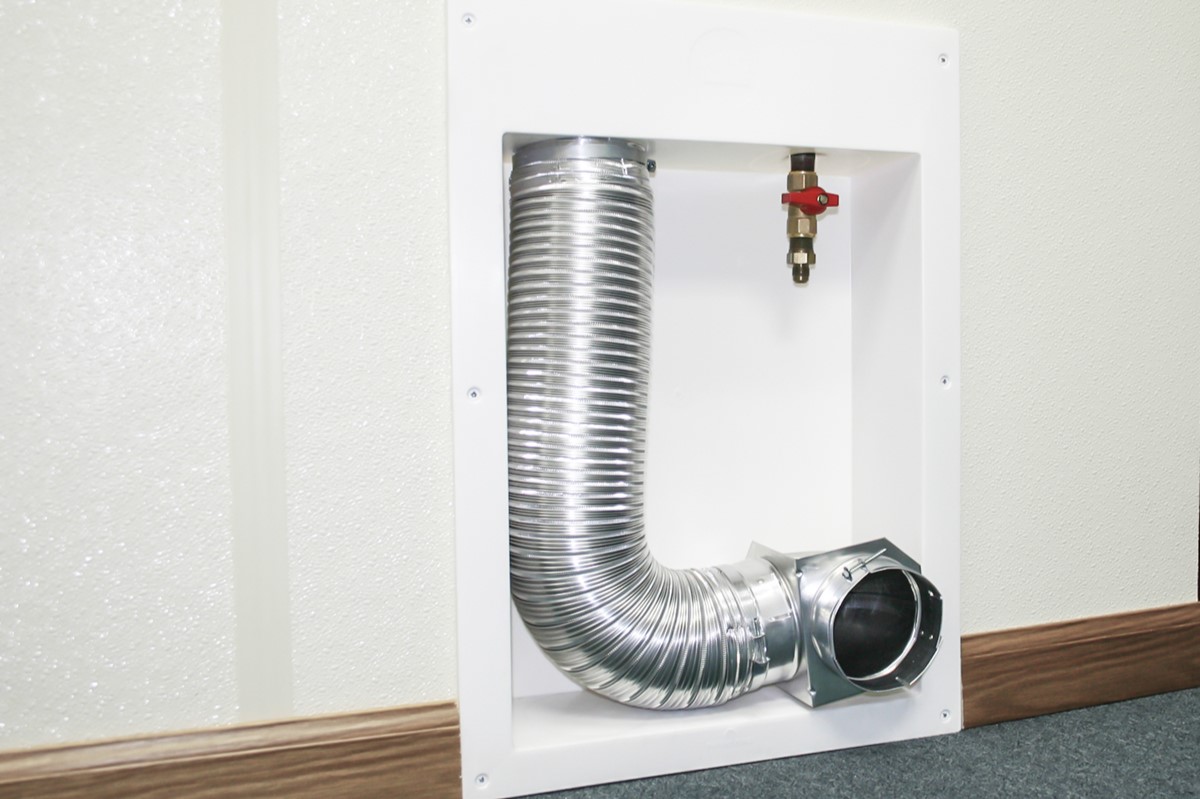
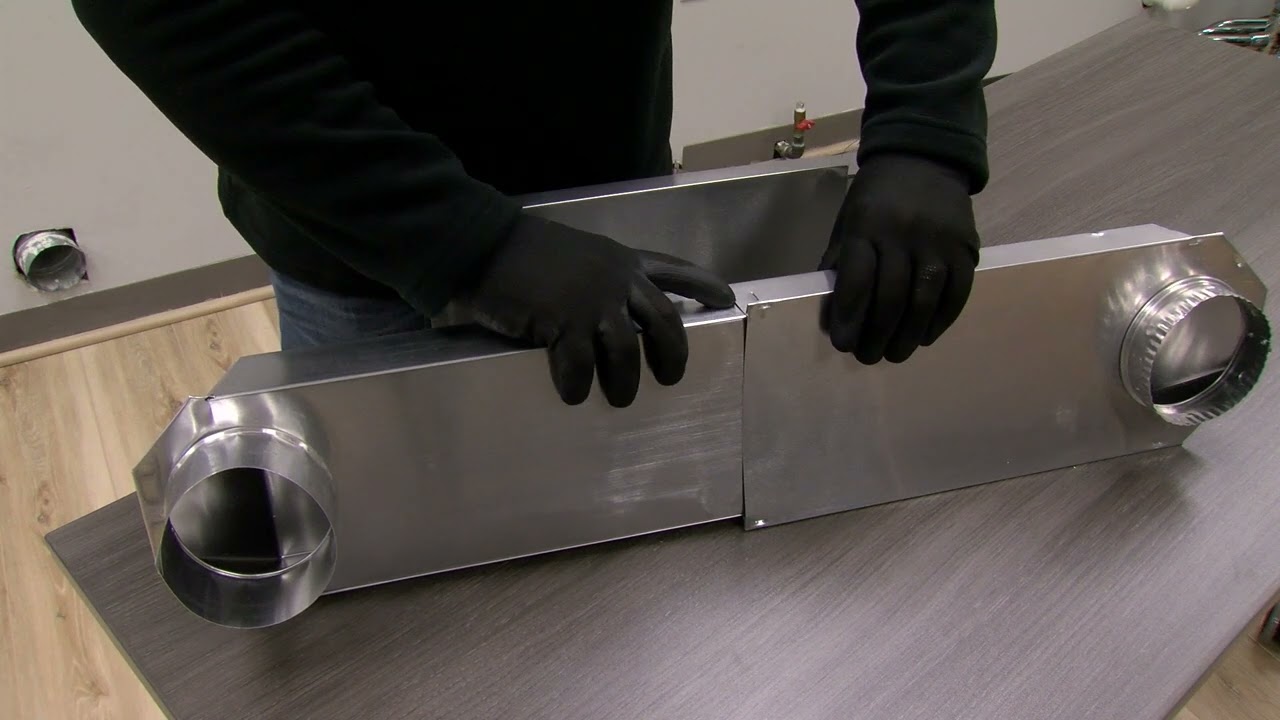
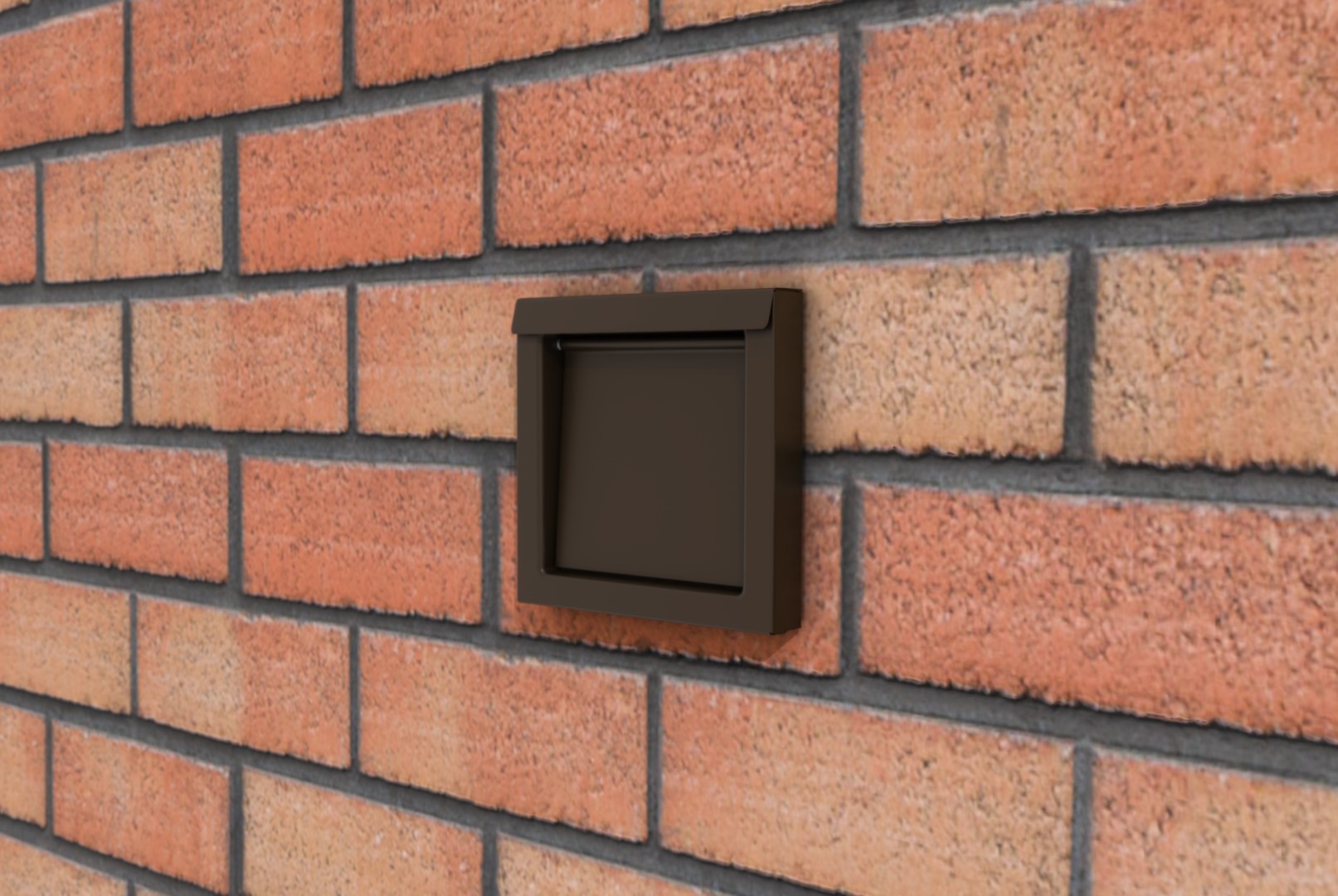
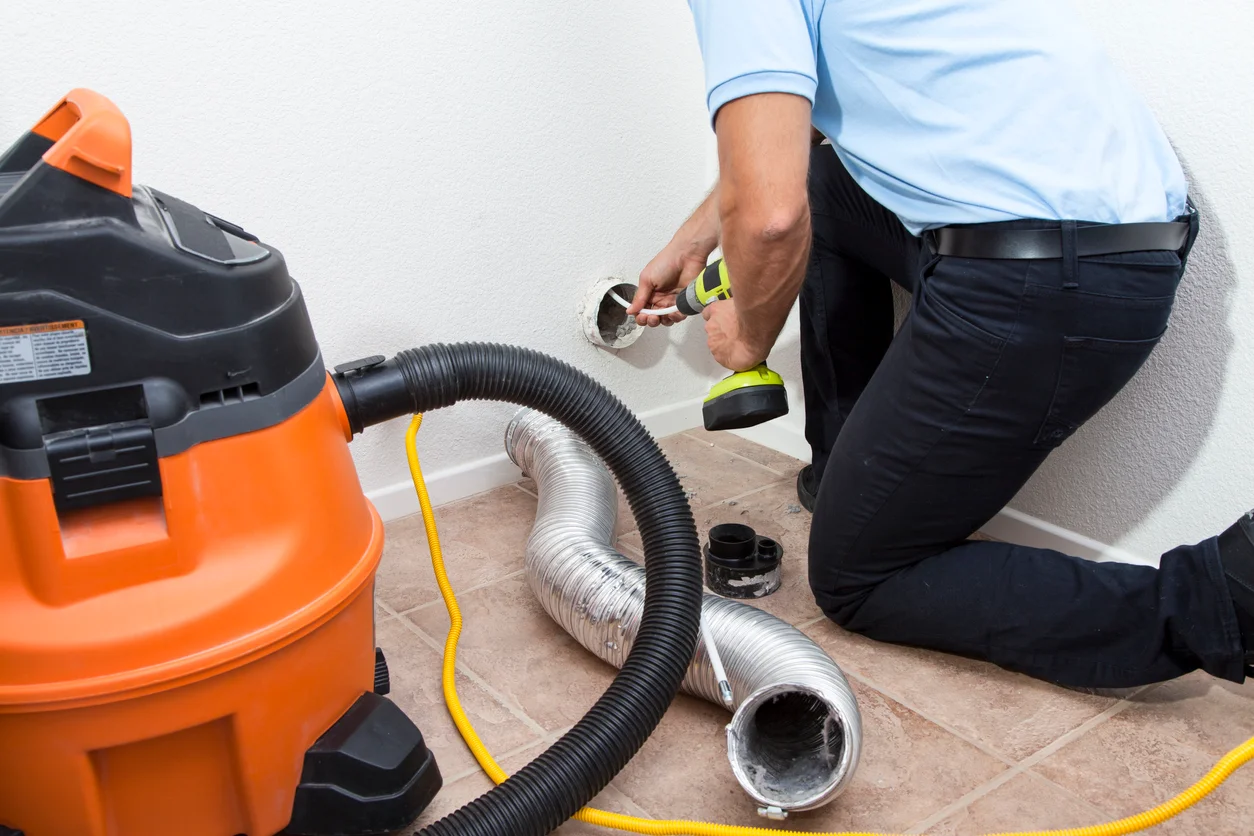
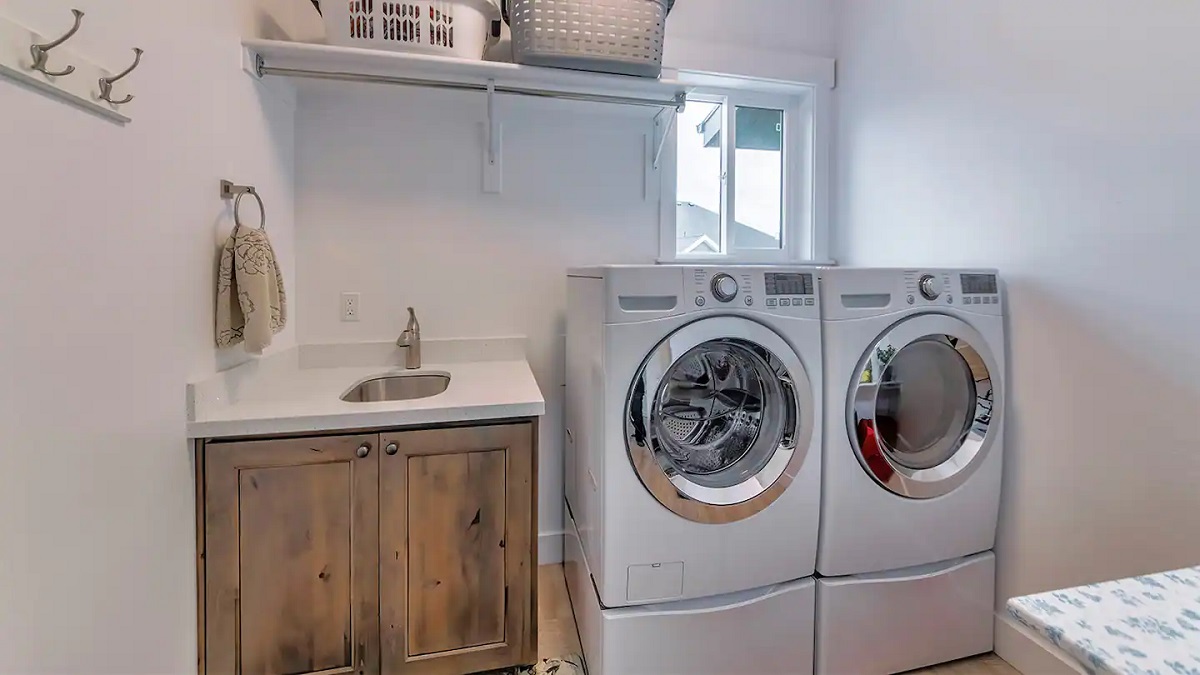
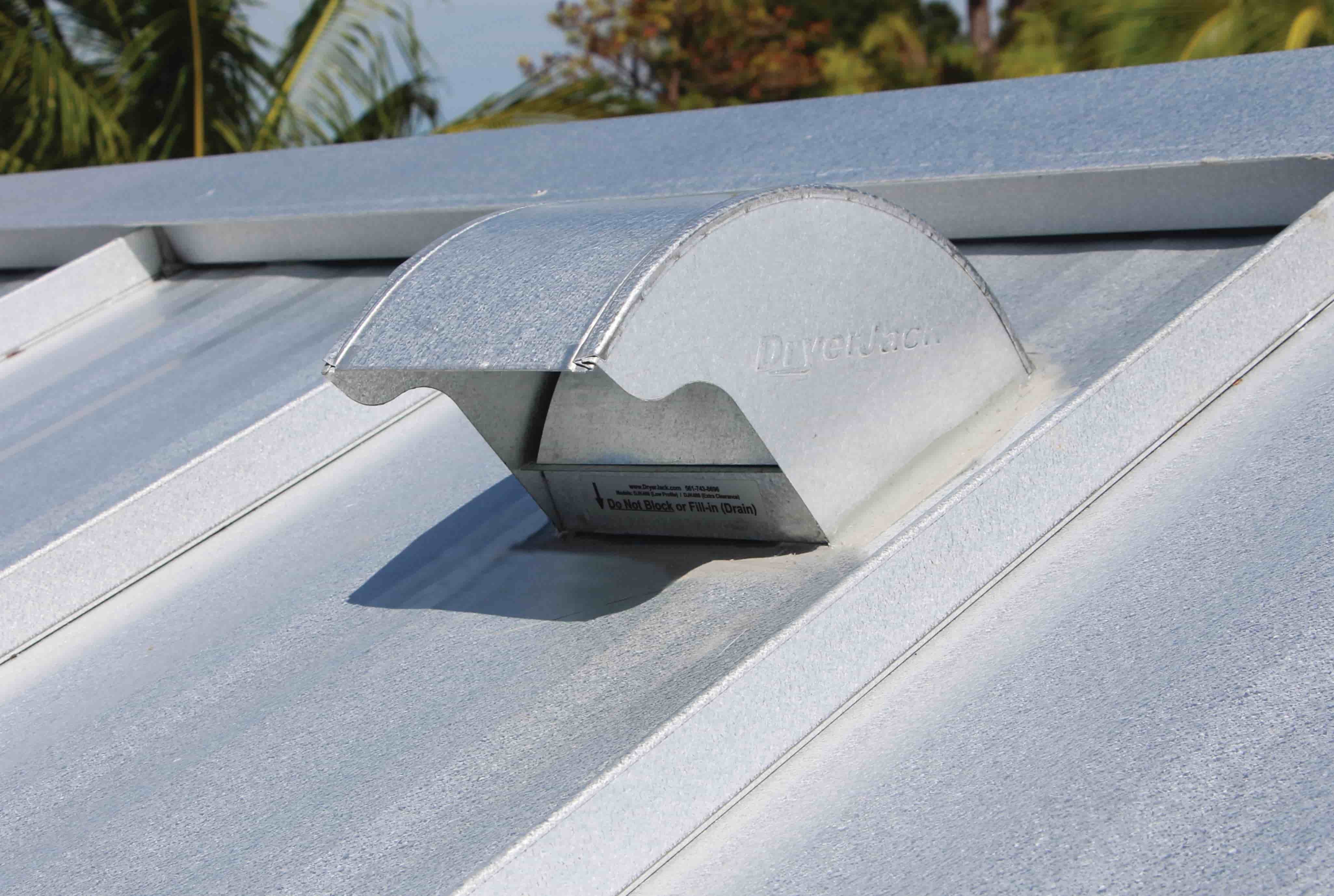
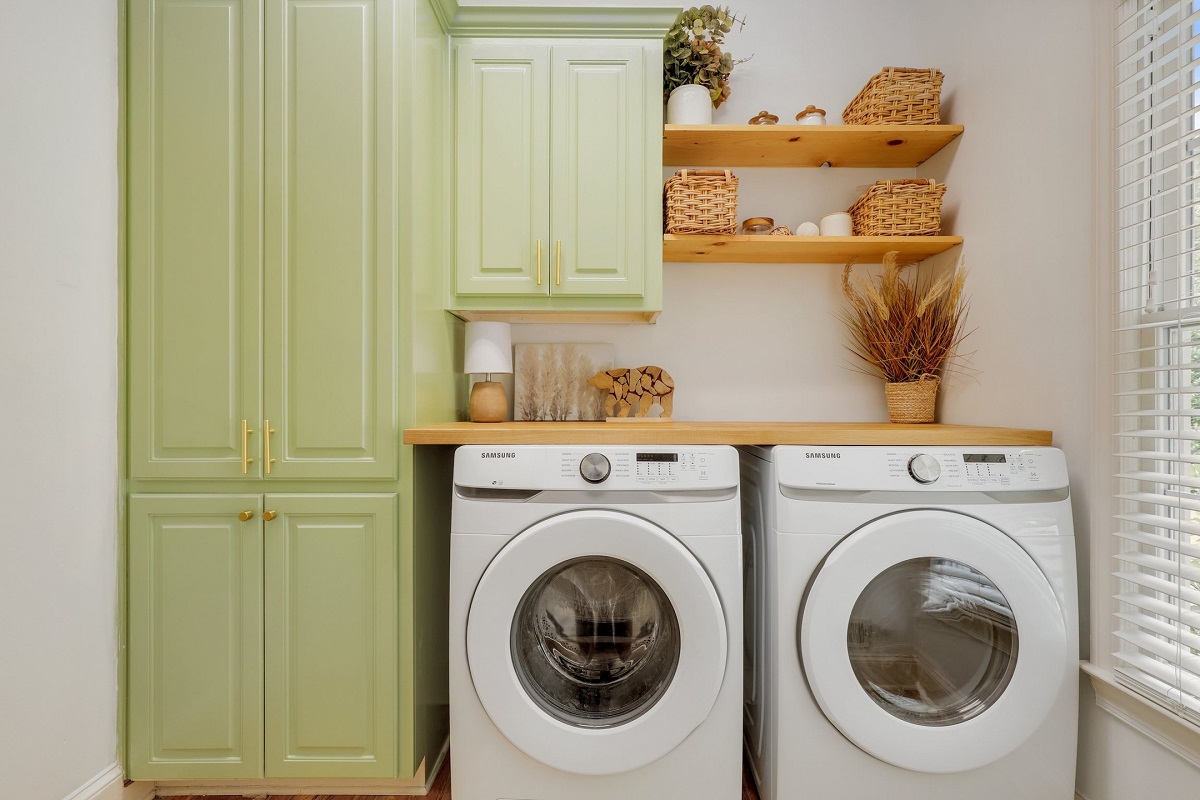
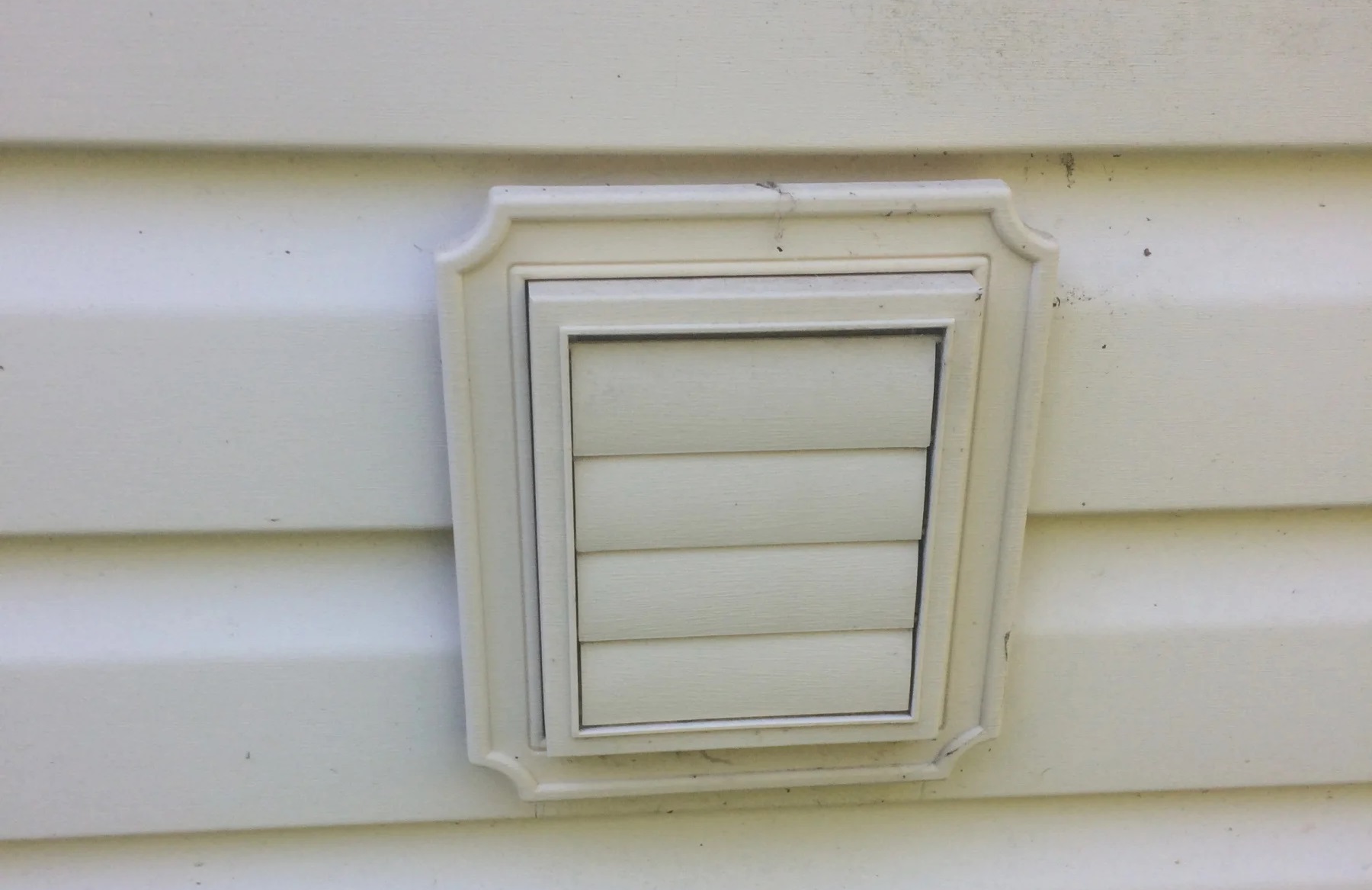
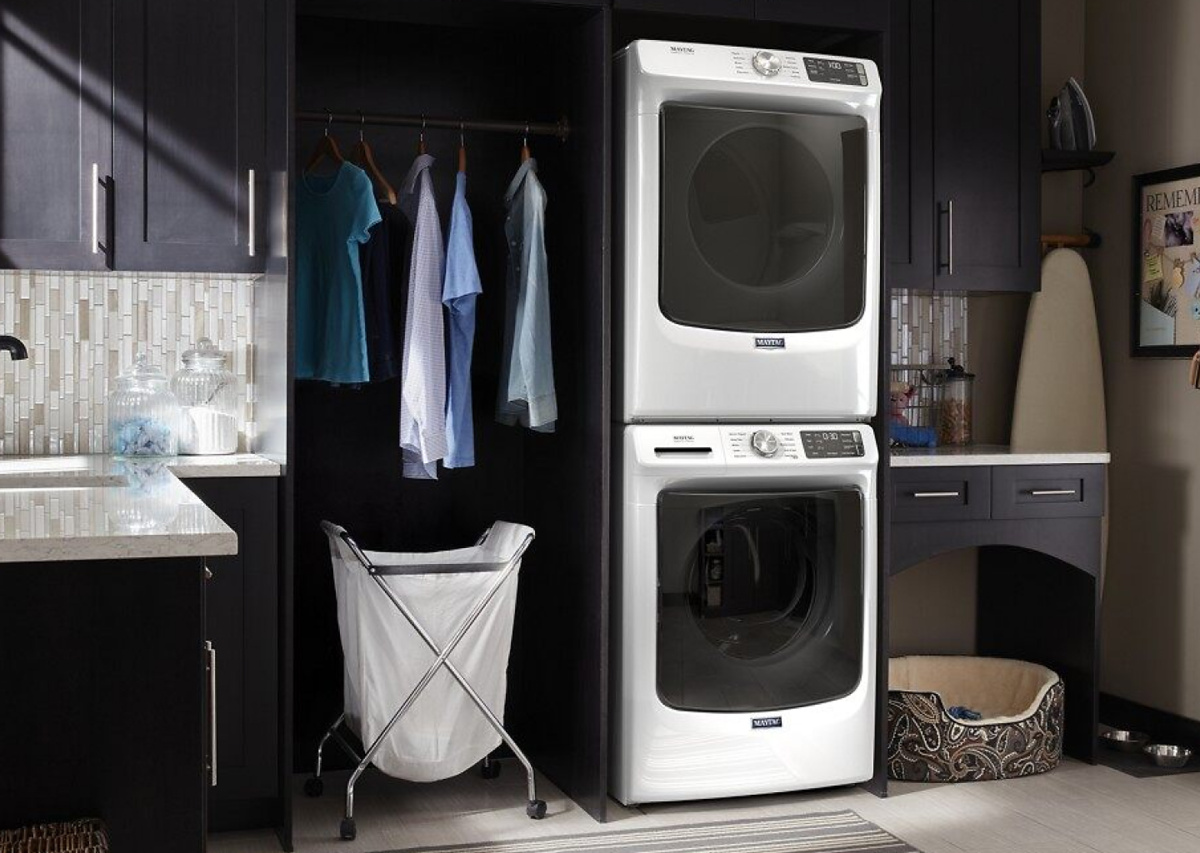
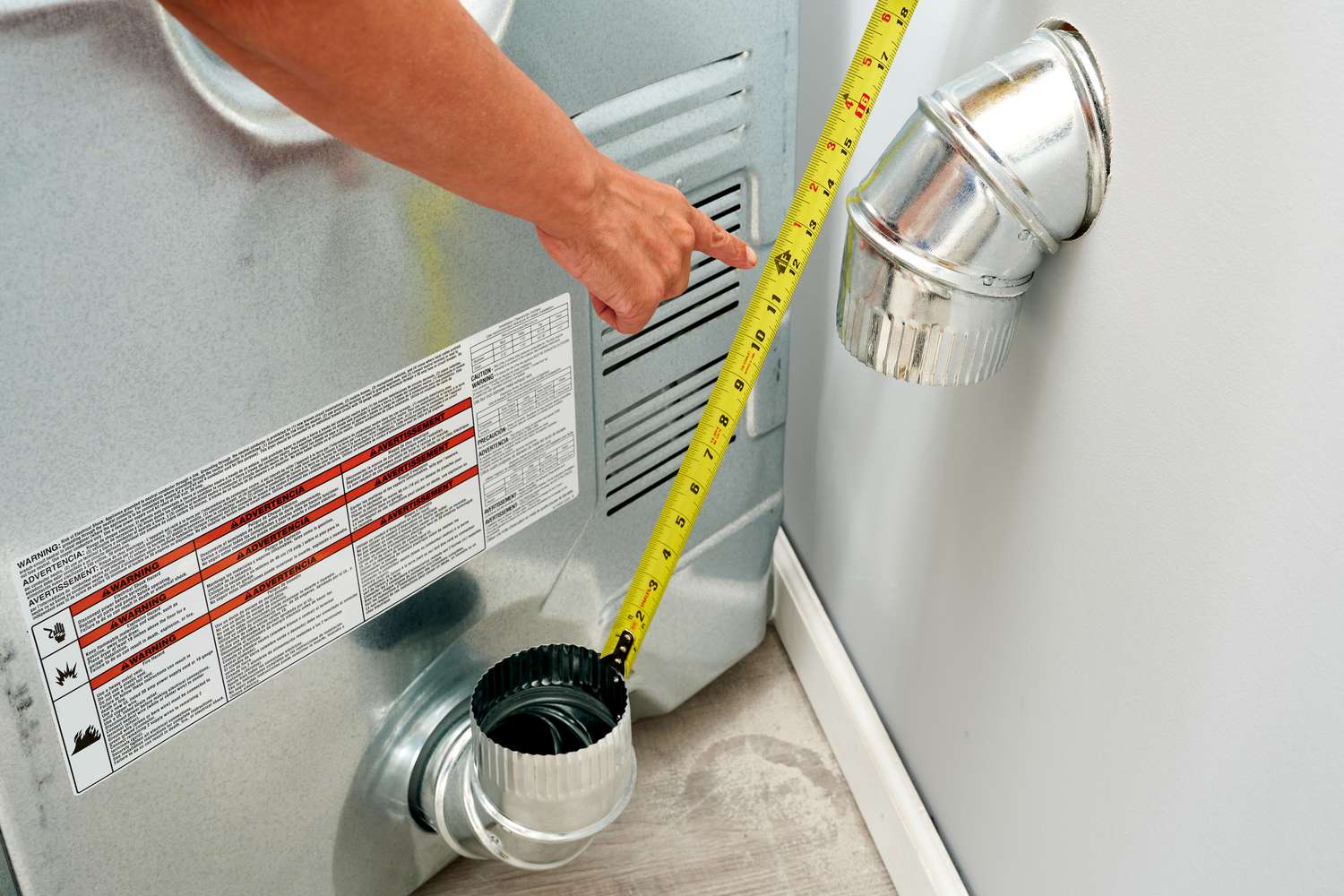
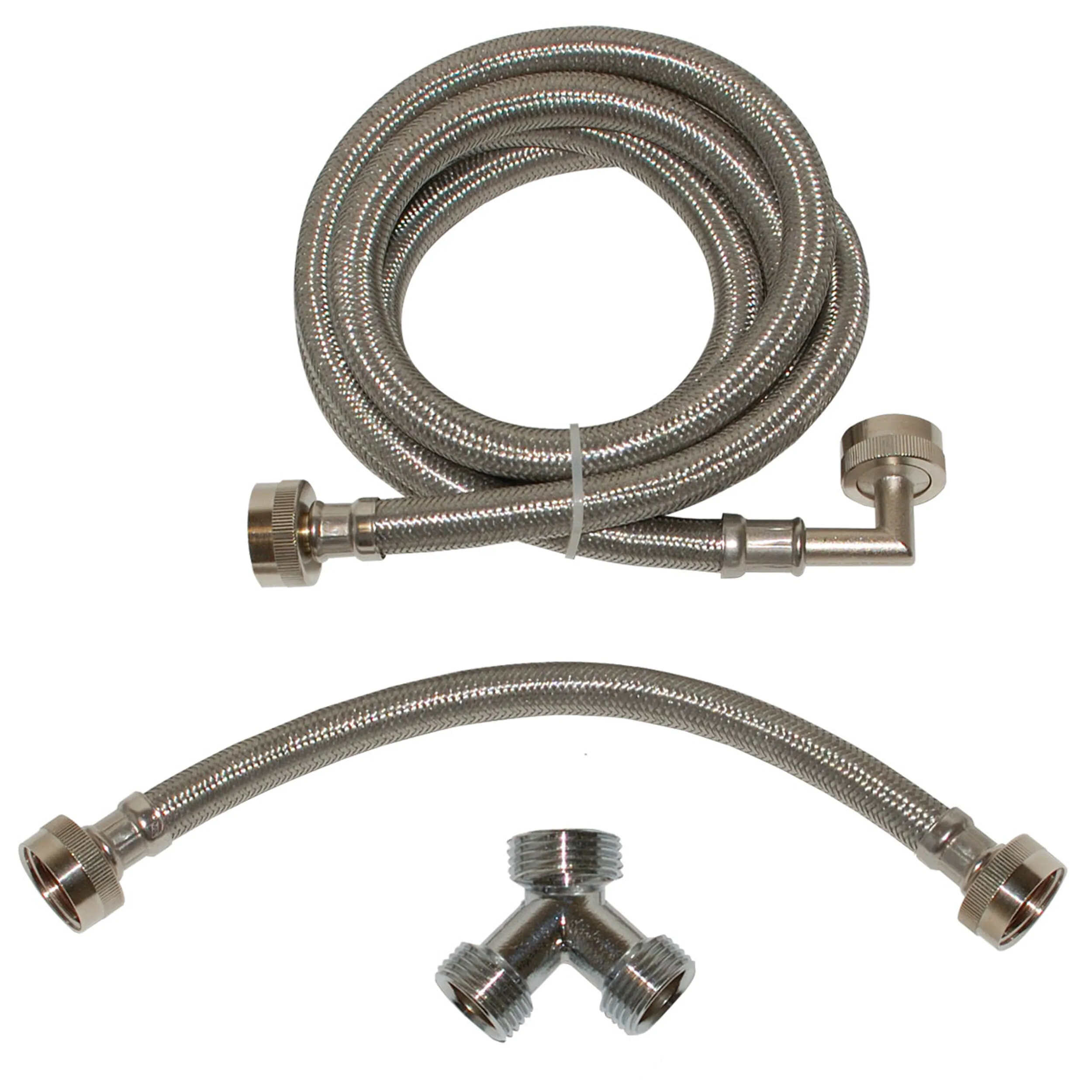
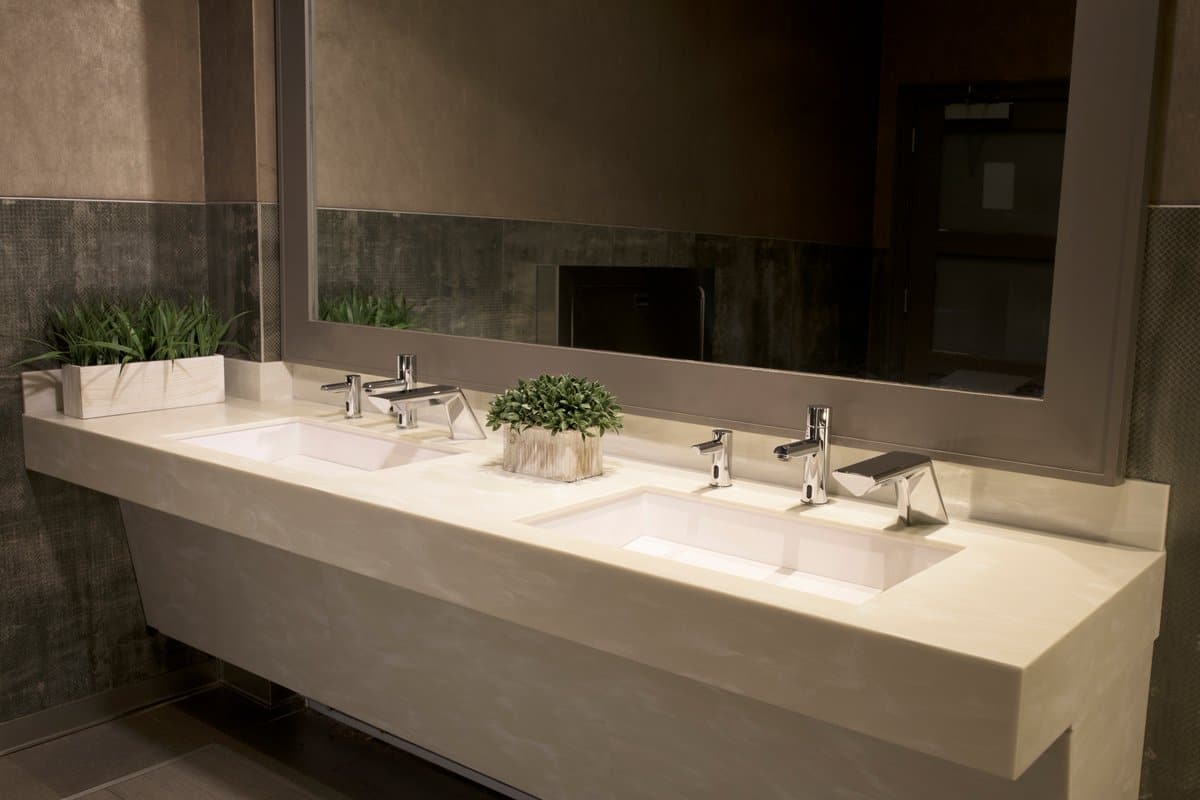
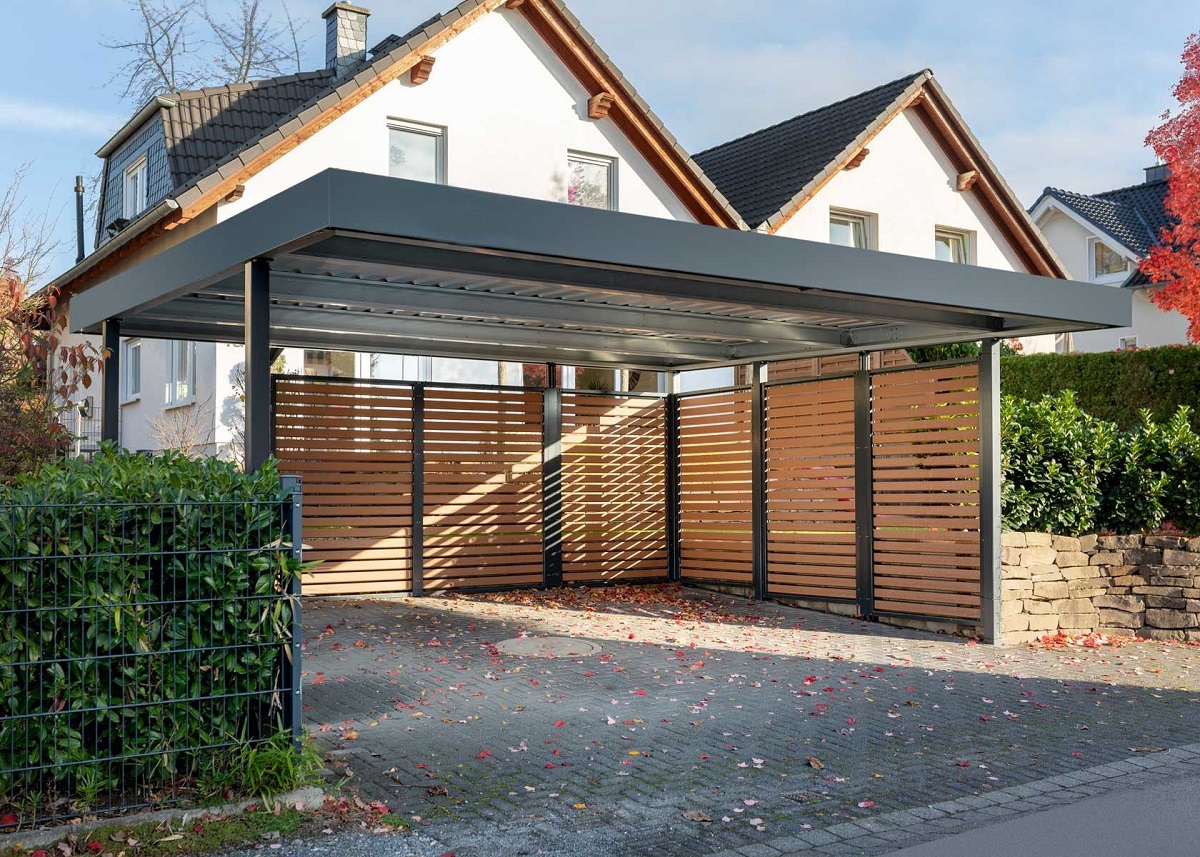
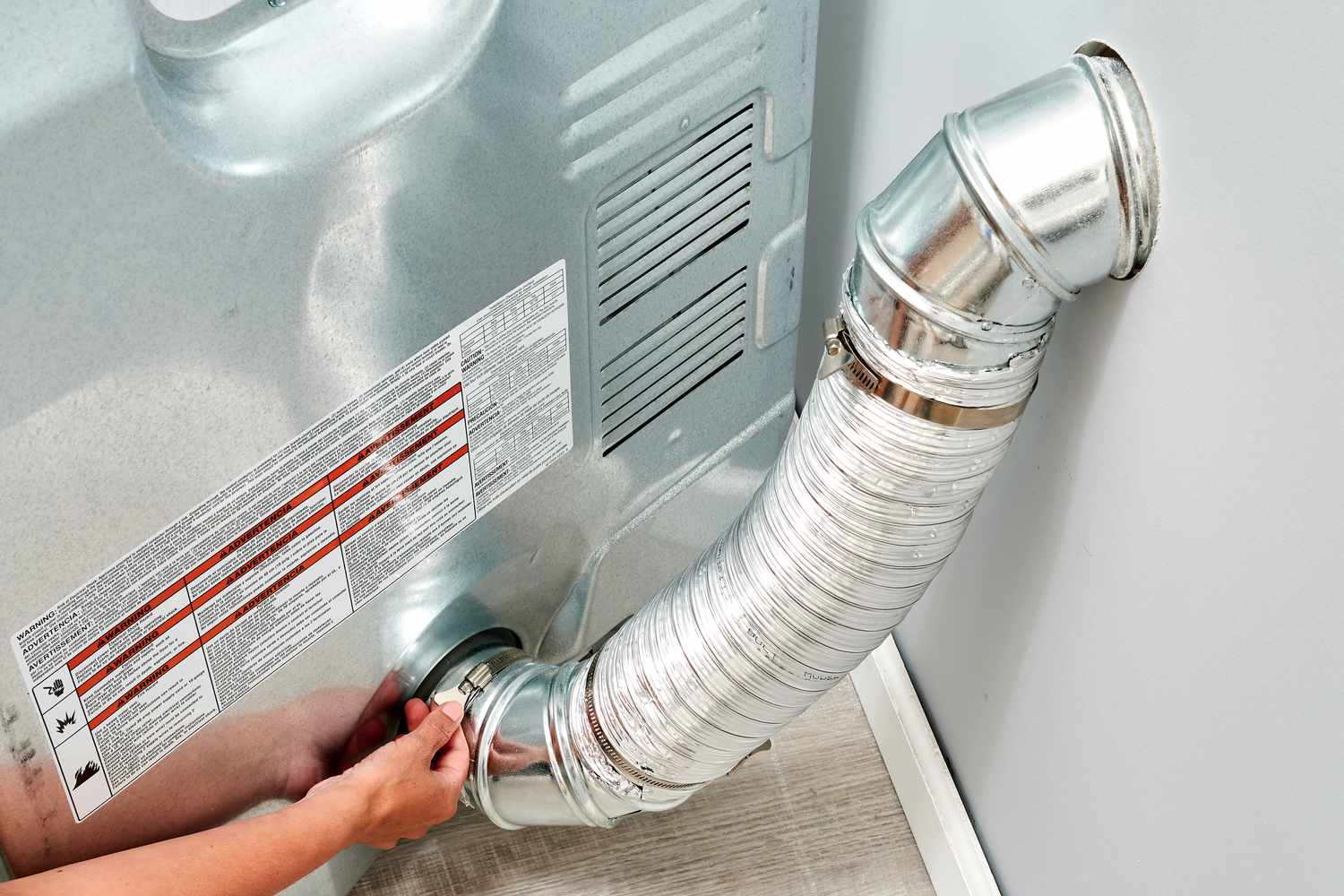

0 thoughts on “How To Install Dryer”